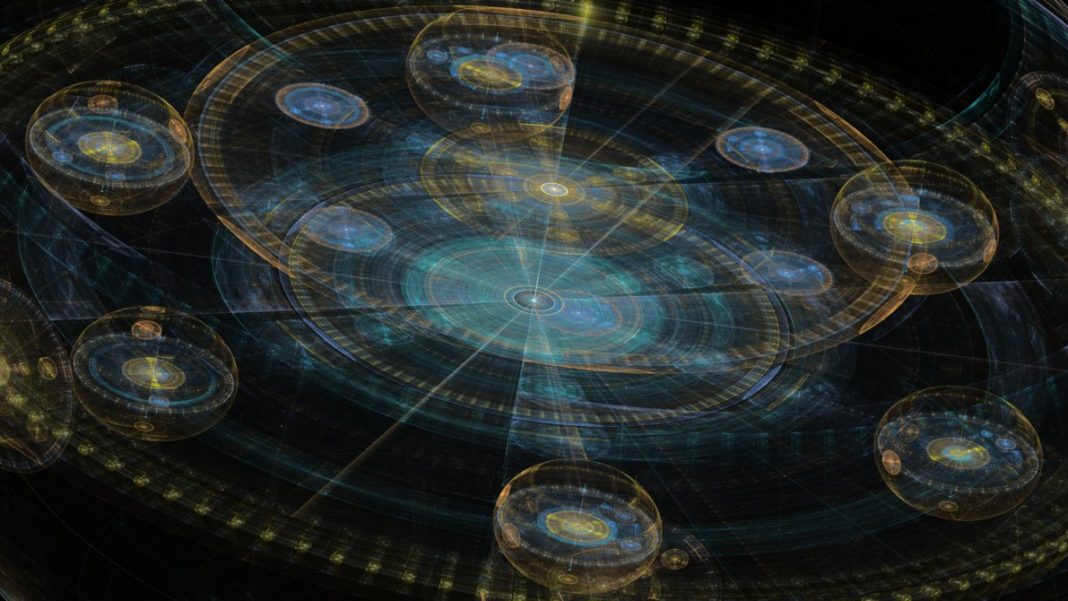Time can be perceived differently depending on the object and the situation. For example, it takes a photon around 8 and a half minutes to travel from the sun to the Earth from the earth observer’s position in space. However, the time it took for the photon was zero. So, how can that be?
Consider for a moment the photon leaving the sun. For the photon, time is zero when it leaves and zero when it gets there. No time has elapsed and is still equal to zero. From the perspective of that photon, nothing in the entire universe in regards to space-time has changed. However, here on Earth, from our perspective, that same photon left the sun, traveled to the Earth, and took just under 8 and a half minutes to do it.
So, how can the photon exist in three different states all at the same time? Modern physics describes the way in which these three states coexist simultaneously, but something just doesn’t make sense here. Think about entangled particles and how if you were to change one the other will reflect the change no matter where in the universe it is, regardless of space-time. These particles just don’t conform to the normal rules of space, time, and distance, yet they’re still subject to change across time. How very strange indeed!
Maybe Einstein was right after all and that “…the distinction between past, present, and future is only a stubbornly persistent illusion.”
The History and Future of Everything — Time
Related Links;
- What is Time? / Pionic
- …what is time… / Medium











